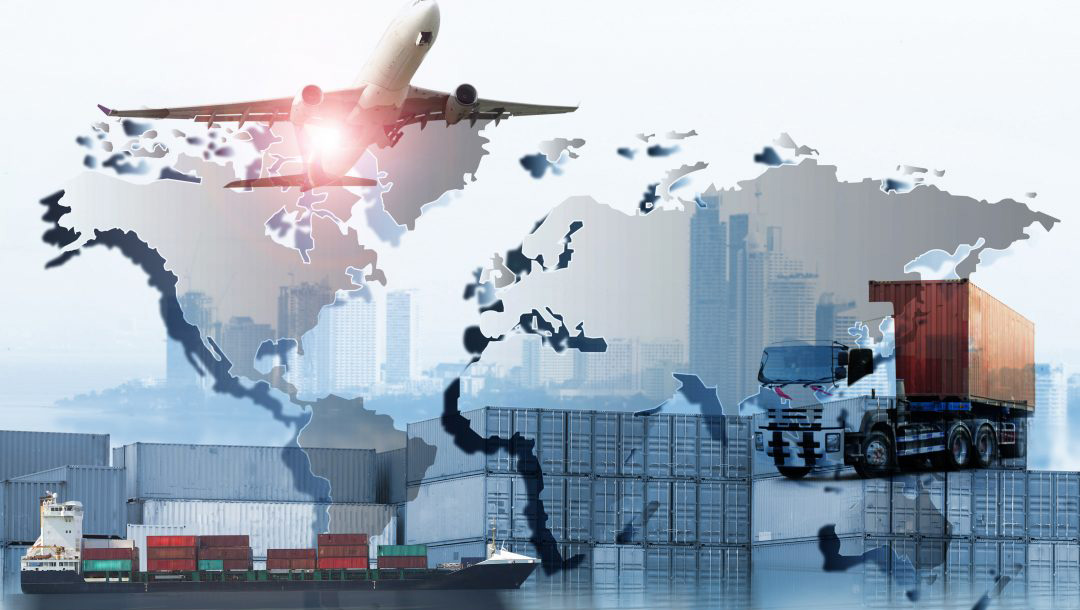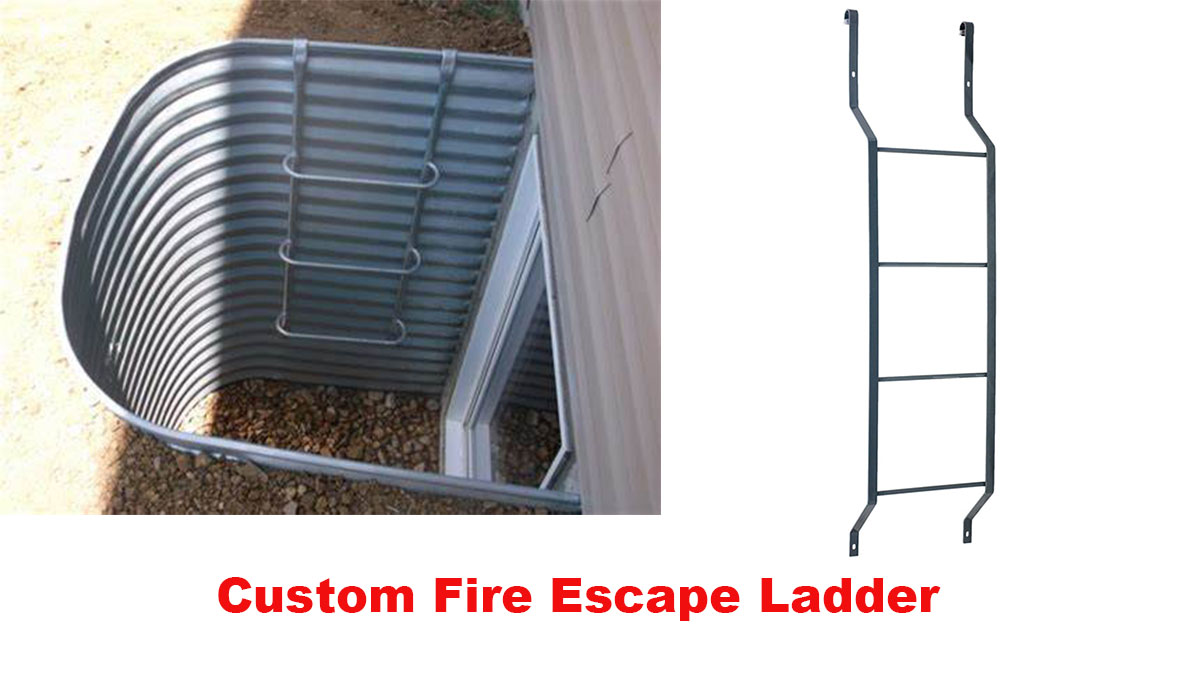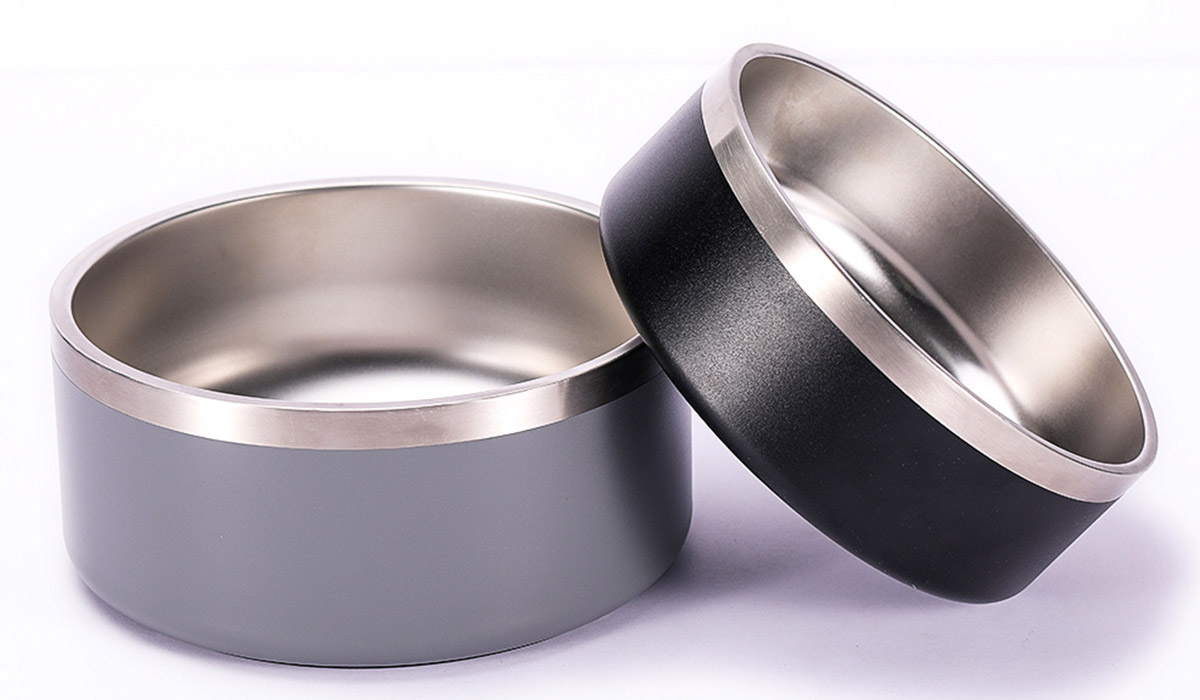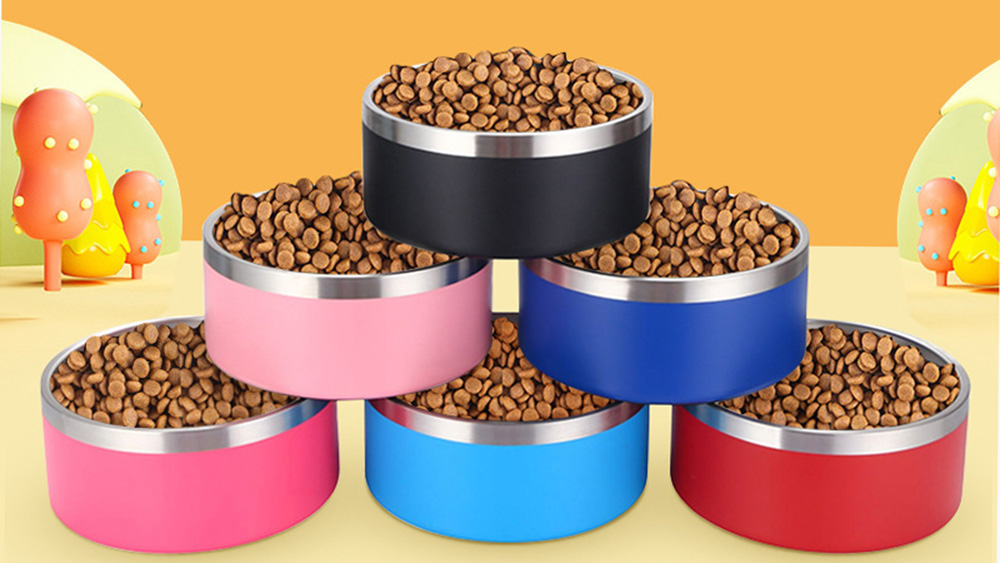If you are importing goods, or are planning to source products from China, you can hand over the transportation of goods to the freight forwarder and let them handle the freight and customs declaration for you. However, you must understand several common transaction methods of international freight.
Freight Transaction Methods
- FOB (Free On Board)
FOB is a shipment term that refers to a transaction carried out using FOB. In this transaction method, the buyer is responsible for picking up the goods by dispatching a ship. The seller shall load the goods on the ship designated by the buyer at the port of shipment stipulated in the contract and within the stipulated time limit, and notify the buyer in time.
- CIF (Cost, Insurance and Freight)
According to this term, the factors that constitute the price of the goods include the agreed insurance premium and the usual freight from the port of shipment to the agreed destination port. Therefore, the seller has the same obligations as those specified in CFR, but the seller shall also provide cargo insurance for the buyer and pay insurance premiums.
- CFR (Cost and Freight)
CFR refers to the transaction method in which the goods are delivered on board at the port of shipment, and the seller must pay the cost of transporting the goods to the designated destination port.
- EXW (Ex Works)
EXW means that when the seller delivers the goods to the buyer at its location or other designated locations (such as a workshop, factory or warehouse), the delivery is completed, and the seller does not go through the export customs clearance procedures or load the goods by any means of transportation. In this transaction method, the seller generally cannot obtain the export cargo transportation documents, and customs will print “FOB” in the column of the transaction method of the declaration form.
- DDU (Delivered Duty Unpaid)
DDU means that the seller and the buyer make the delivery of goods somewhere in the importing country, in which the seller must bear all the costs and risks of delivering the goods to the designated place, as well as the customs procedures costs and risks. However, it should be noted that customs duties, taxes and other official fees paid for the importation of the goods are not included here. The buyer is responsible for the additional costs and risks arising from the failure to clear the goods in time for the import process.
- DDP (Delivered Duty Paid)
This method of delivery means that the seller shall deliver the goods to the buyer after completing the import clearance procedures at the destination designated by both the seller and the buyer. The seller shall bear all the risks in the process of delivering the goods to the designated destination, shall go through the customs clearance procedures at the destination port, and pay taxes, procedure fees and other expenses.
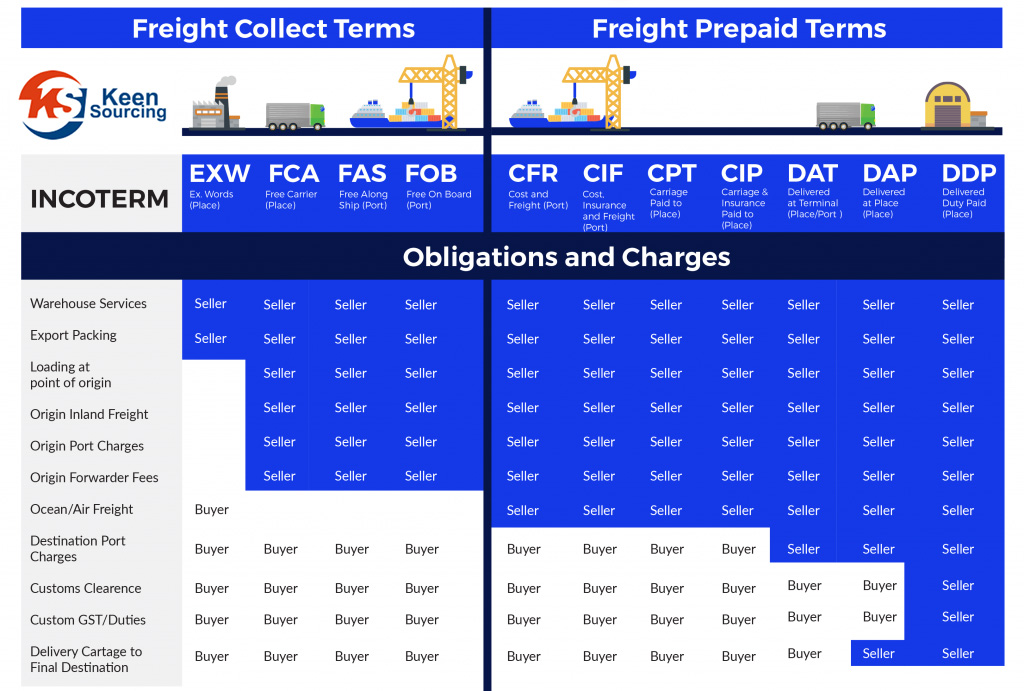
Customs Clearance Documents
Only companies/factories with export rights have documents, and a complete set of customs declaration materials needs to be provided to the freight forwarder/customs broker for document declaration.
CIF Needs:
Goods name/container type/quantity/weight/loading address/departure port/documents.
DDU/DDP of the destination port depends on the specific requirements of the customer. Apart from CIF, the value/detailed destination address/consignee information may also be required. When the freight forwarder receives the above information, the forwarder will give the shipper (customer) a quotation. After the quotation is conformed, the order will be received. Generally, the customer is required to provide the packing list and the manifest, and these information (including shipping date) must be confirmed with the customer.
Take CIF as an Example:
The freight forwarder books the space with the shipping company to arrange the trailer (specify the container number, license plate number, driver and driver’s contact number), and then waits for the shipping company to issue the Shipping Order/Container Release Order.
Then, the trailer driver is gave the Container Release Order and takes the Container Release Order to the container yard to obtain the documents. After the documents are made, the driver will get an Equipment Interchange Receipt (multiple copies) and a lead seal. Then, the driver will take the documents to the designated container yard to pick up the empty container before going to the factory for loading. After the container has been loaded with the goods, it is then sealed with the lead seal (usually taking photos for evidence) and then the sealed container is pulled back to the port.
After the container arrives at the yard, the yard will report the arrival information to the customs according to the manifest provided by the freight forwarder. The clearance of goods is only permitted by the customs broker when the manifest and arrival information are available. It is usually advised to set aside two days for the customs declaration.
After customs clearance, the shipping company will transport the goods according to the arrangement of container space, and the cargo carrier will issue the bill of lading. This is the general procedure for the settlement of fees. With the bill of lading/invoice/packing list and other information, the customer can pick up the container and finish the customs clearance after the arrival of the goods at the port.
Matters Needing Attention
- In FOB, CFR and CIF, the transferring of risk occurs when goods are on board.
- CFR usually refers to FOB plus freight.
- CIF usually refers to FOB plus freight and plus insurance premiums.
The Difference Between the Four Types of Transactions
| Full Name | The Place of Delivery | The Party Responsible for Transportation | The Party Responsible for Insurance | The Party Responsible for Export Procedures | The Party Responsible for Import Procedures | The Occasion of Risk Transferring | Transferring of Ownership | |
|---|---|---|---|---|---|---|---|---|
| EXW | Ex Works | Factory or Warehouse of the Seller | Buyer | Buyer | Buyer | Buyer | Place of Delivery | Transfer with Transaction |
| FOB | Free On Board | Port of Shipment | Buyer | Buyer | Seller | Buyer | Goods On Board | Transfer with Documents |
| CFR | Cost and Freight | Port of Shipment | Seller | Buyer | Seller | Buyer | Goods On Board | Transfer with Documents |
| CIF | Cost, Insurance and Freight | Port of Shipment | Seller | Seller | Seller | Buyer | Goods On Board | Transfer with Documents |
If you need any help or have any question on import from China, please contact us. As a leading sourcing agent in China, Keen Sourcing is here to help you.

